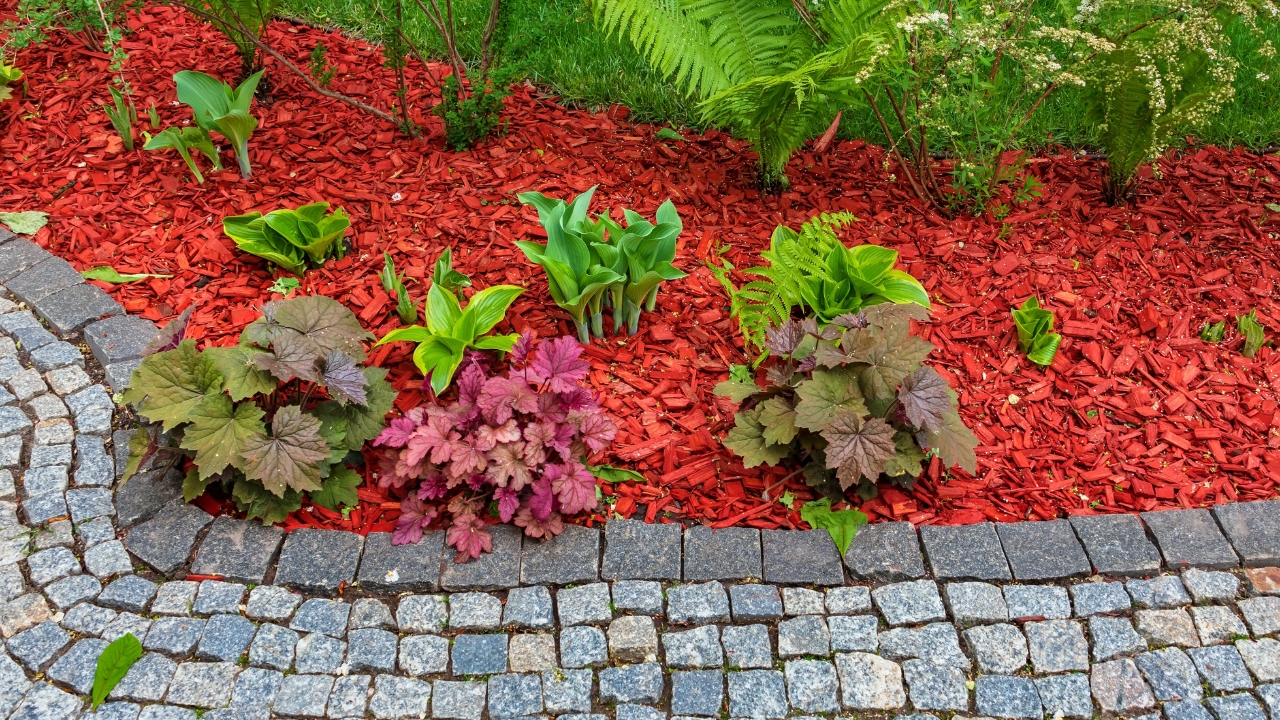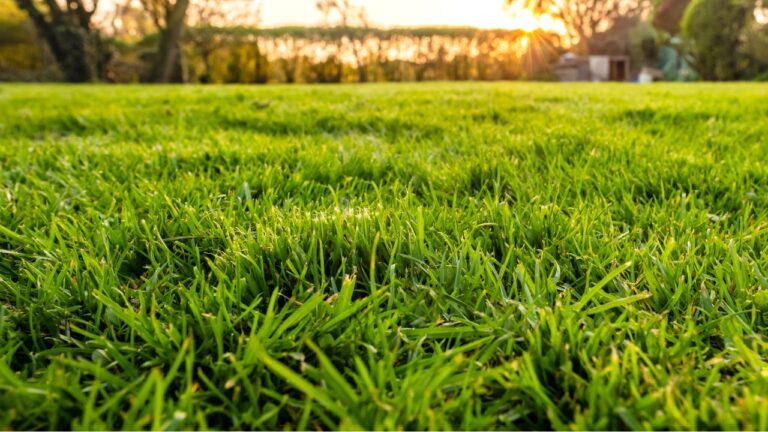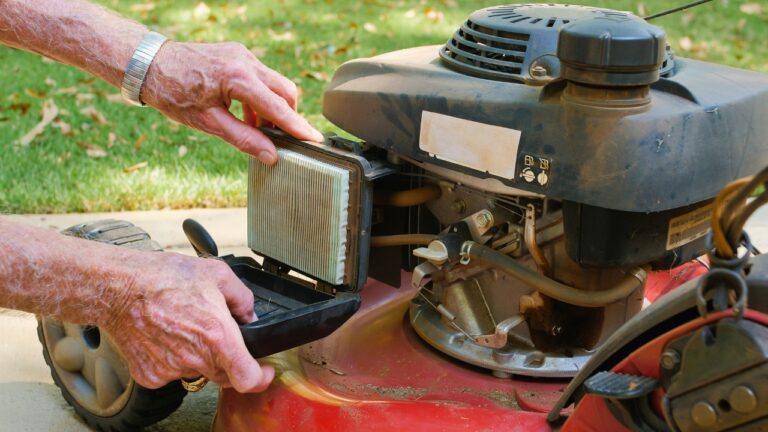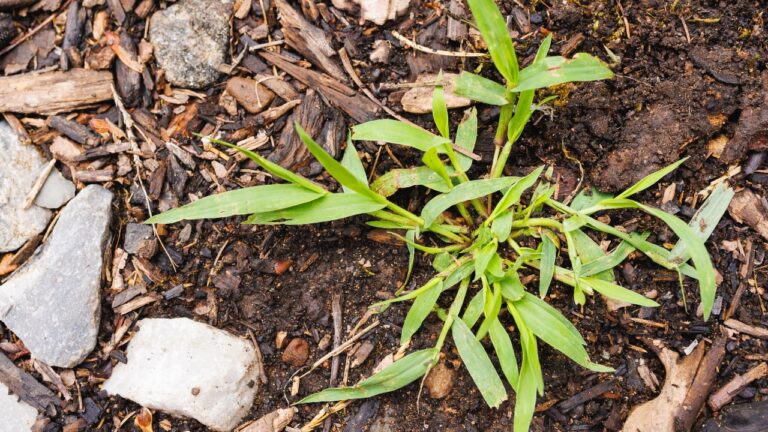10 Outdated Landscaping Trends You’ll Regret Keeping
Some landscaping trends were popular for a reason—years ago. But if you’re still hanging on to certain looks or layouts, they could be making your yard look dated, high-maintenance, or flat-out uninviting. Styles shift, materials improve, and what worked in the 90s doesn’t always hold up today.
If you’re planning to refresh your outdoor space, here are 10 outdated landscaping trends that are better left in the past.
Red Mulch

Bright red mulch used to be everywhere, but it’s fallen out of favor for good reason. The color looks unnatural and can clash with just about everything else in your yard.
It also fades quickly and can be full of dyes or fillers. Natural wood tones or dark brown mulch tend to look cleaner and more timeless. They’re easier to match and don’t scream “big box store special.”
Overly Symmetrical Planting Beds

Perfectly mirrored flower beds might’ve felt fancy at one point, but now they often come off as stiff or uninspired. Landscaping should feel relaxed, not rigid.
Asymmetry adds more interest and makes things feel natural. Mixing heights, textures, and layouts gives your yard more personality and keeps it from looking like a hotel entrance.
Excessive Lawn Space

Huge stretches of grass were once a status symbol, but now they’re more of a maintenance headache. They use up tons of water and take constant mowing to stay presentable.
Cutting back on lawn space not only saves time and money—it also gives you room for more useful or attractive features like patios, gardens, or native plants.
Faux Rock Edging

Those plastic-looking stone borders don’t fool anyone. They tend to fade, crack, or shift over time, making your yard look more thrown-together than intentional.
If you want clean edges, stick with real stone, steel, or even brick. It’s a little more work upfront, but it’ll hold up better and instantly modernize your space.
Decorative Gravel Around Every Tree

The old habit of circling every tree with white or red gravel isn’t doing you—or the tree—any favors. It compacts the soil, reflects heat, and can even harm the roots.
A layer of mulch is usually the better choice. It keeps moisture in, suppresses weeds, and actually benefits the tree while looking much more natural.
Busy Garden Ornaments
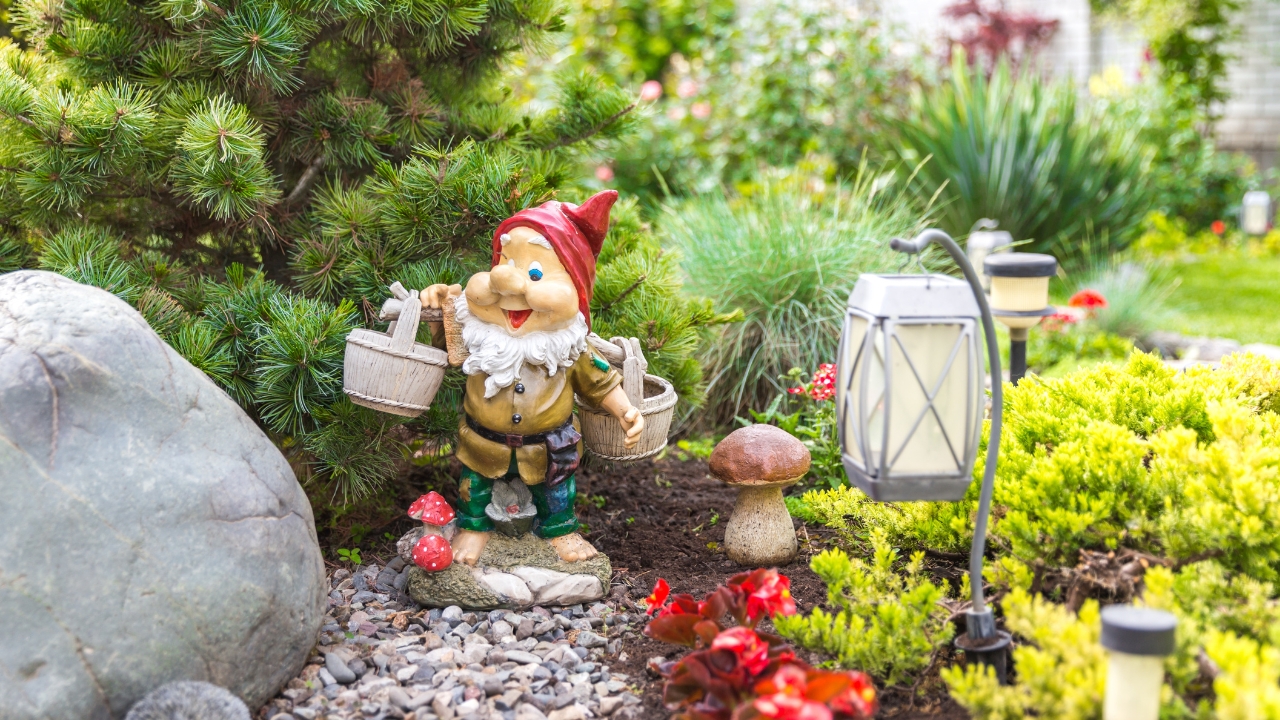
Gnomes, windmills, faux animals, and solar lights everywhere might’ve once been charming, but now they tend to clutter things up. Too many decorations distract from the actual landscaping.
It’s better to focus on a few intentional focal points—maybe a single birdbath or a clean bench—so your yard feels calm and pulled together instead of chaotic.
Railroad Ties as Borders
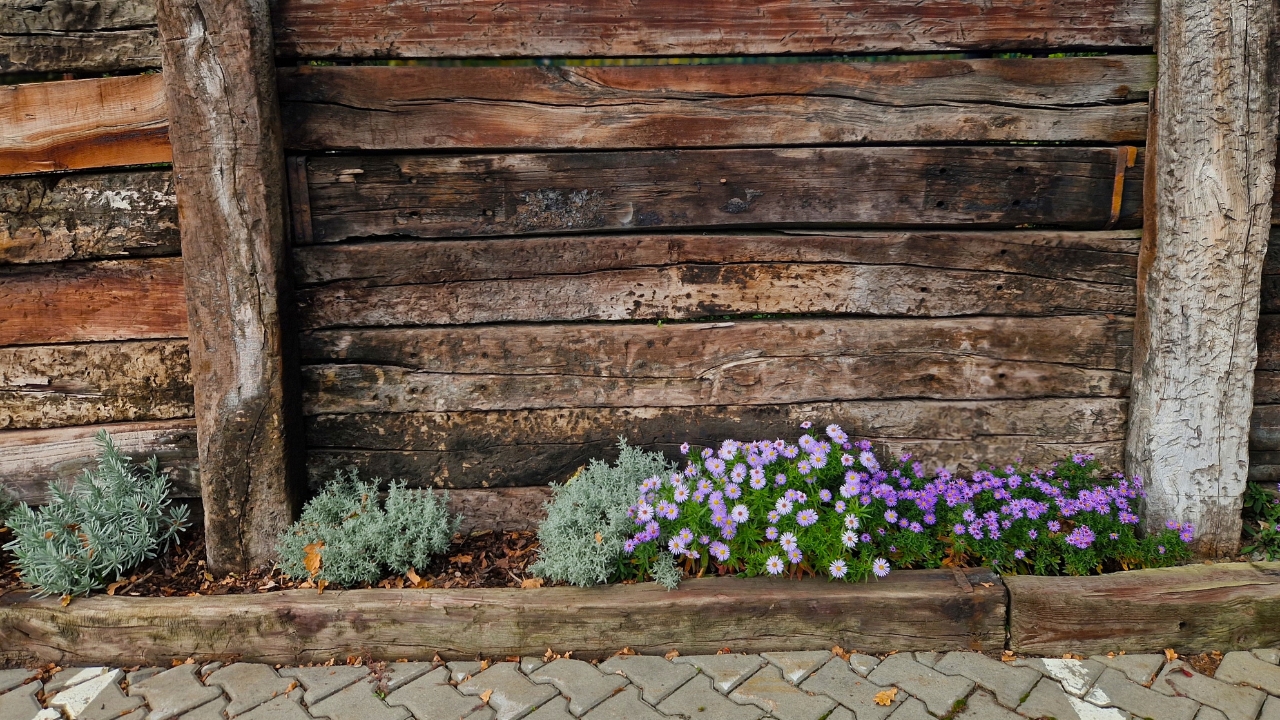
Railroad ties were once a go-to for beds and borders, but they don’t age well. They rot, splinter, and may contain chemicals like creosote that aren’t great for gardens.
Swap them out for stone, untreated hardwood, or metal edging that lasts longer and looks cleaner. Your yard will feel less dated and more polished overnight.
Monoculture Planting
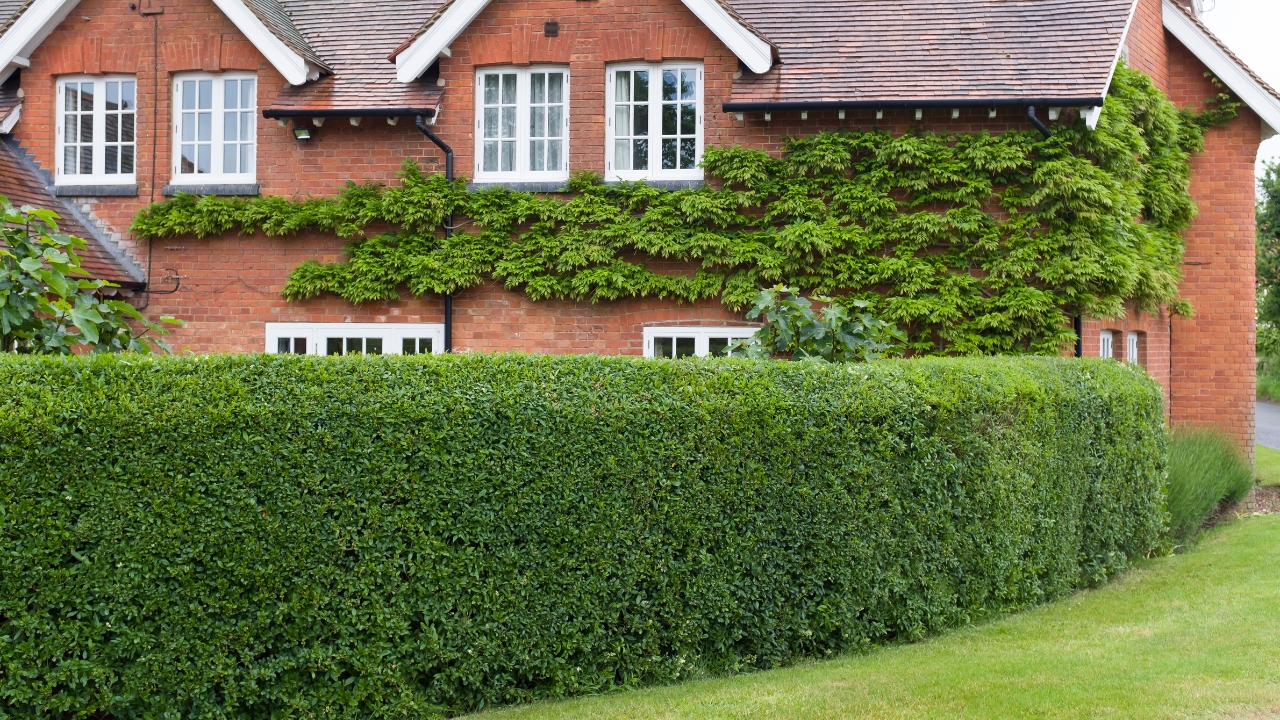
Planting rows of the exact same shrub across the whole yard used to be a standard move. But it makes your landscape more vulnerable to pests and disease—and it gets boring fast.
Mix things up with different species, colors, and textures. It adds visual variety, supports pollinators, and keeps things looking fresh without a full overhaul.
Water Features Without a Purpose
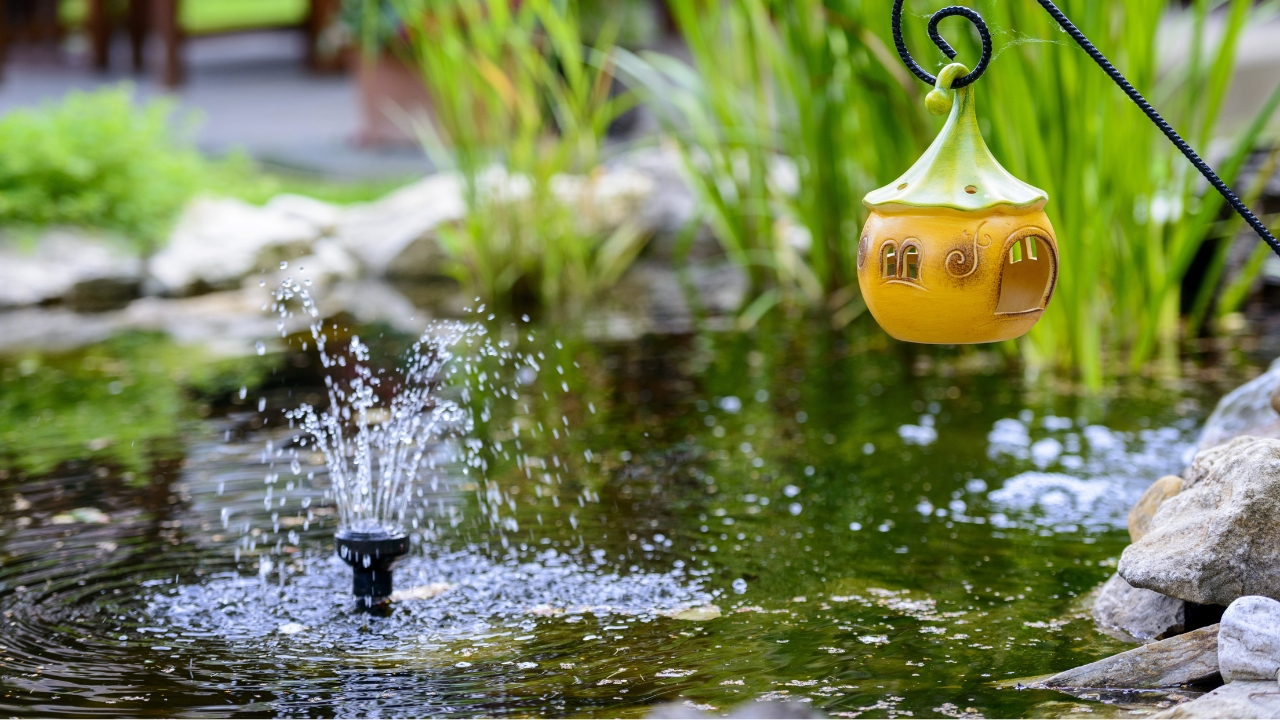
Standalone fountains or ponds with no plants, seating, or shade around them tend to look awkward. And if they aren’t maintained well, they can become eyesores fast.
If you’re keeping a water feature, make sure it’s part of a bigger setup. Surround it with a few natural elements or make it a focal point near a sitting area.
Mismatched Pavers and Patio Blocks

That patchwork patio look—using whatever pavers were on sale—isn’t doing your yard any favors. Mismatched shapes and colors break up the space in a choppy way.
Sticking with one style of paver, even in neutral tones, helps the yard feel more cohesive. It’s easier on the eyes and makes the whole space feel better put together.
*This article was developed with AI-powered tools and has been carefully reviewed by our editors.

